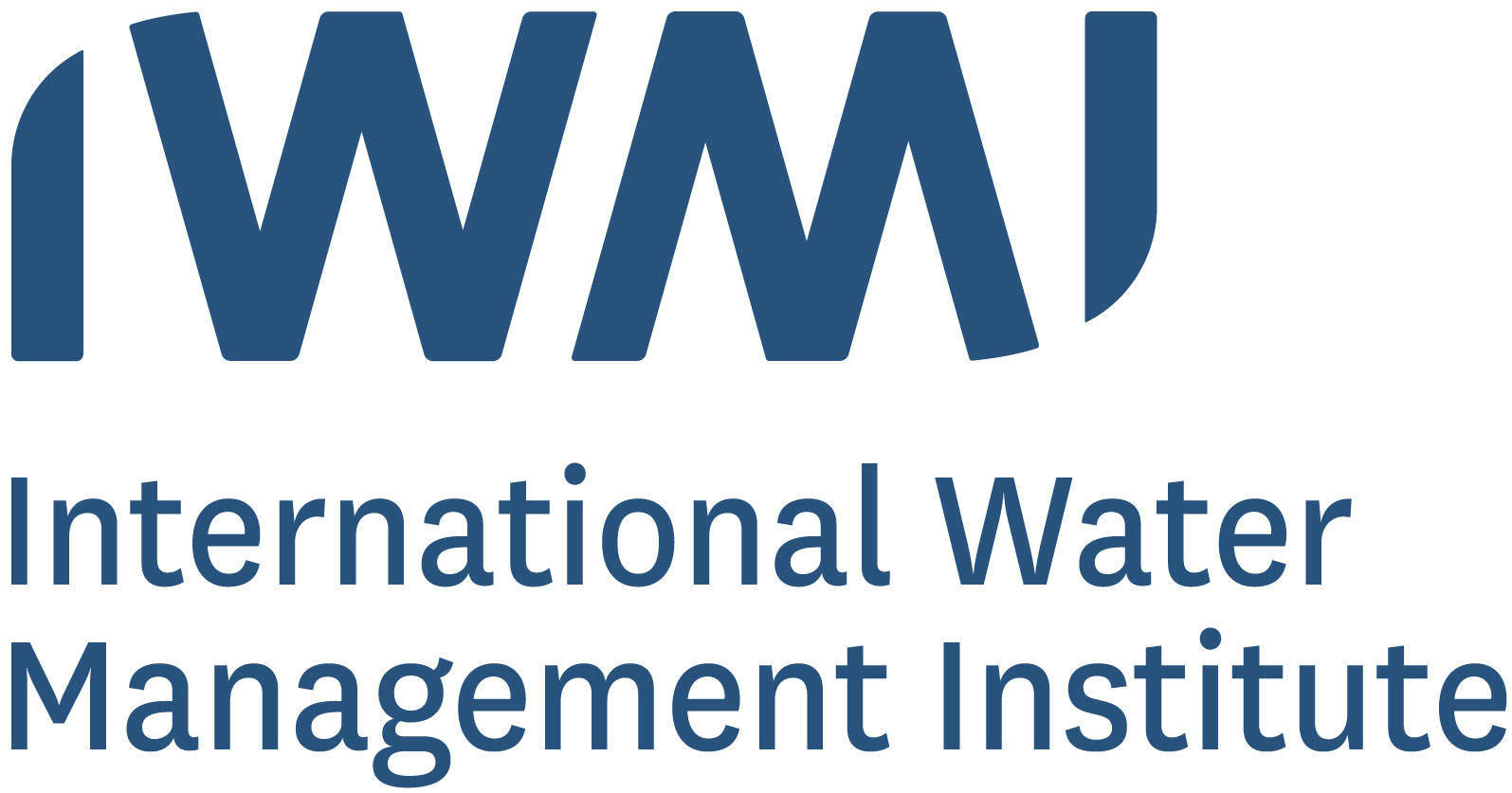Location
The International Water Management Institute (IWMI) is a non-profit, scientific research organization focusing on the sustainable use of water and land resources in developing countries. It is headquartered in Colombo, Sri Lanka, with regional offices across Asia and Africa. IWMI works in partnership with governments, civil society and the private sector to develop scalable agricultural water management solutions that have a real impact on poverty reduction, food security and ecosystem health. IWMI is a member of CGIAR, a global research partnership for a food-secure future.
IWMI’s Mission is to provide evidence-based solutions to sustainably manage water and land resources for food security, people’s livelihoods and the environment.
IWMI’s Vision, as reflected in the Strategy 2014-2018, is ‘a water-secure world’. IWMI targets water and land management challenges faced by poor communities in the developing countries, and through this contributes towards the achievement of the United Nations Millennium Development Goals (MDGs) of reducing poverty and hunger, and maintaining a sustainable environment. These are also the goals of CGIAR.
IWMI works through collaborative research with many partners in the North and South, and targets policymakers, development agencies, individual farmers and private sector organizations.
Resources
Displaying 821 - 825 of 959Community irrigation systems in the province of Balochistan
National Water Conference on Status and Future Directions of Water Research in Sri Lanka, BMICH, Colombo, Sri Lanka, 4-6 November 1998. Session 4: Participatory management of irrigation; Session 5: Water resource data; Session 6: Managing water quality
National Water Conference on Status and Future Directions of Water Research in Sri Lanka, BMICH, Colombo, Sri Lanka, 4-6 November 1998. Session 4: Participatory management of irrigation; Session 5: Water resource data; Session 6: Managing water quality
Water-related environmental factors and malaria transmission in Mahi Kadana, Gujarat, India
Analysis of the spatial and temporal relationship between malaria incidence and selected water-related environmental parameters . The analysis is based upon the use of secondary information. GIS was used to generate input into statistical analysis and to map out the parameters for a visual analysis. The paper discusses the quality of the data used and the possibilities for using GIS in healthrelated research.
Water as an economic good: a solution, or a problem?
Discusses the potential opportunities and pitfalls of introducing market forces into the process of water allocation. Proposes several preconditions for beneficial privatization of water allocation and argues for a more sophisticated form of analysis than that generally allowed by proponents of basic needs or of free market approaches.





